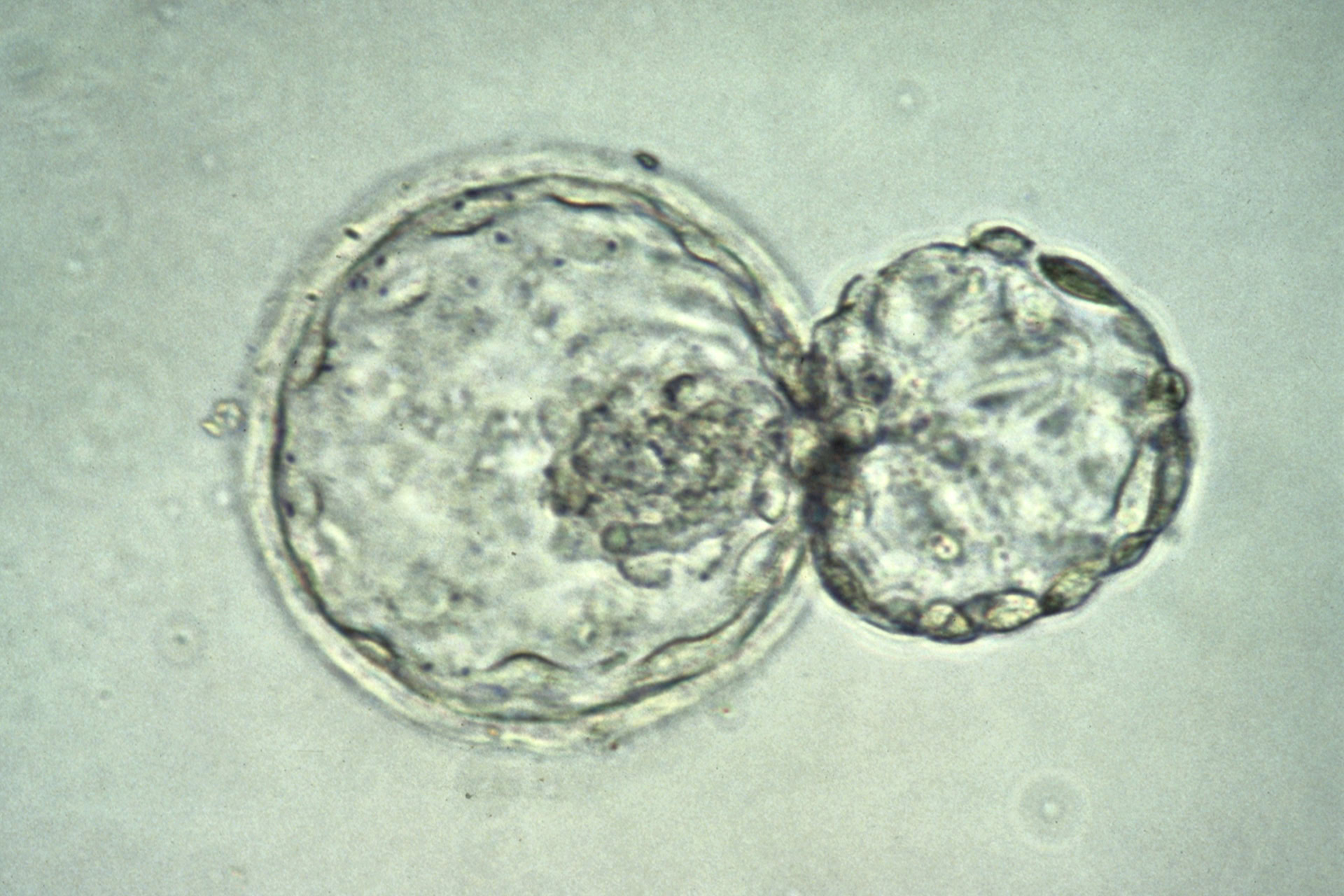The German Federal Court of Justice has ruled that a disputed patent held by Dr Oliver Brüstle is valid in its revised form. The patent has already been subject to a ruling by the European Court of Justice (ECJ) against the patentability of processes that involve the destruction of human embryos or are based on the use of human embryos.
To make its judgment, the German Federal Court of Justice asked the ECJ for its interpretation of the concept of 'human embryo' under European Union law. However, in its judgment the ECJ did not decide whether cells obtained from a human embryo at the blastocyst stage - the subject of Dr Brüstle's patent - were patentable, saying this was a matter for the referring court.
The German court considered that Dr Brüstle's patent did not involve the destruction of human embryos. It also thought that on their own human embryonic stem cells (hESCs) do not possess the capabilities to become human beings and could not be treated as human embryos. However, it also put itself in line with the ECJ by ruling that no patents would be granted for hESCs where human embryos have been destroyed.
Commenting on the decision, Paul Chapman, a partner at law firm Marks & Clerk, said: 'This is good news for biomedical researchers worldwide. Those who want to protect inventions relating to human embryonic stem cells in Europe now have a glimmer of hope following the disappointment of last year's European decision'.
Mr Chapman explained that following the ECJ's ruling the European Patent Office and the UK's Intellectual Property Office published narrow guidelines that prohibited patents on all stem cells derived from blastocysts.
'There is a prospect that the current restrictive guidelines by the EPO and the UKIPO may be revised in light of this decision', he said.







Leave a Reply
You must be logged in to post a comment.